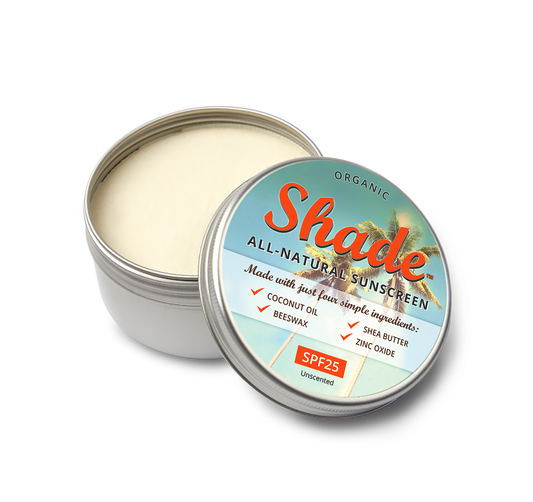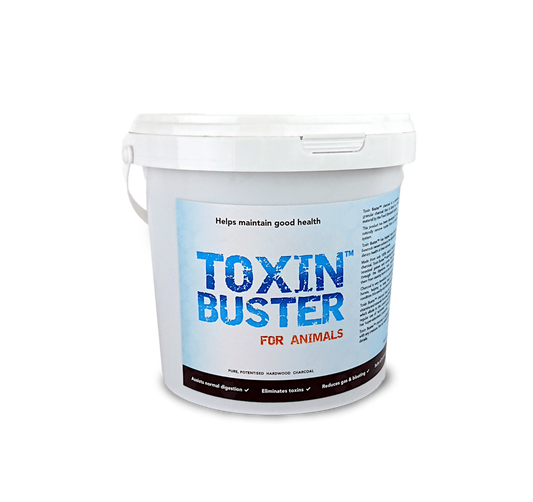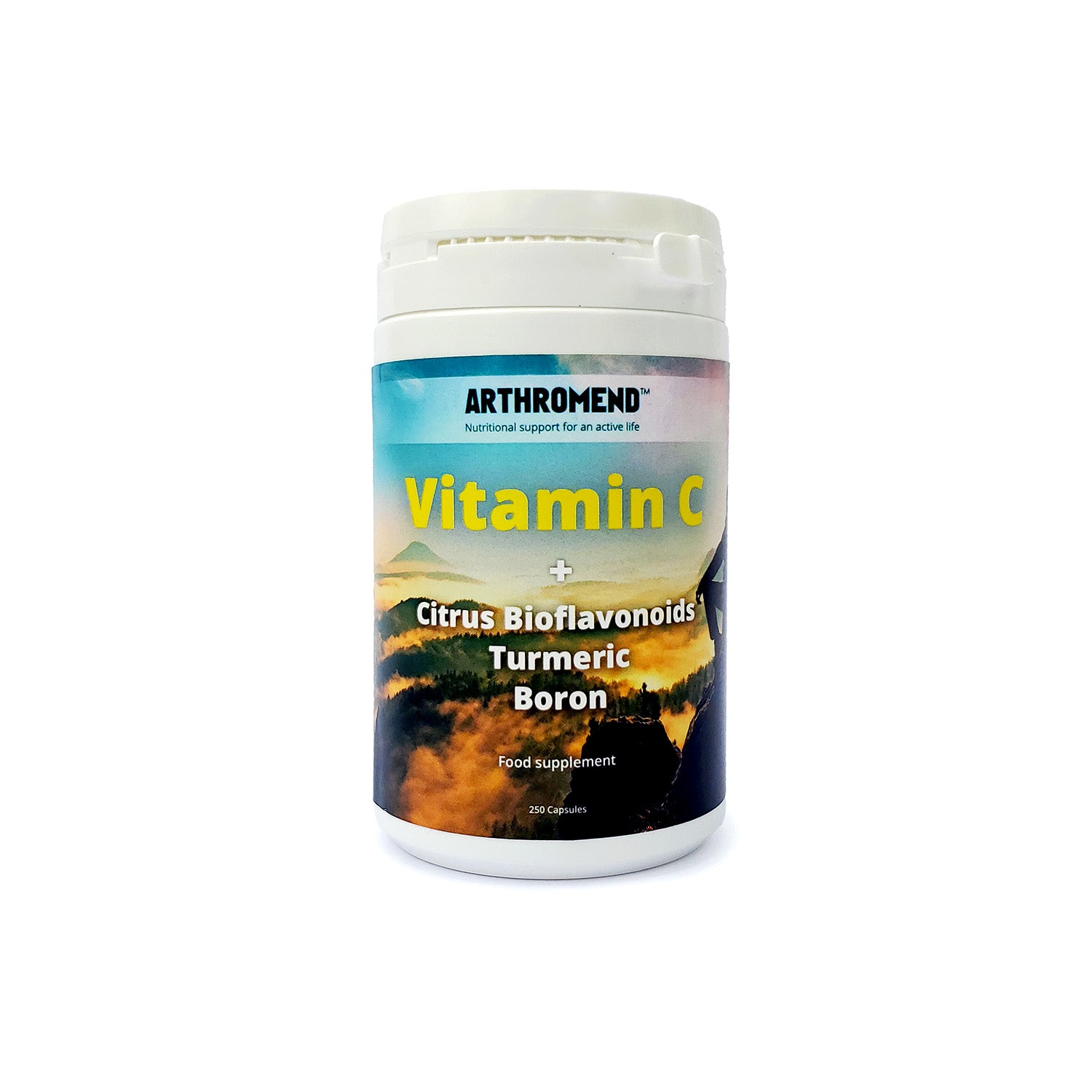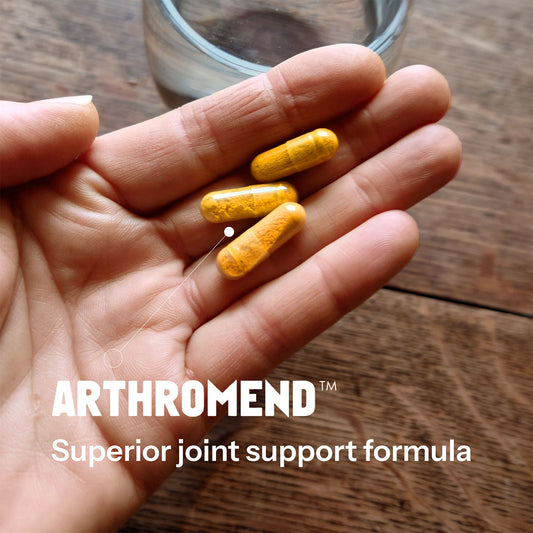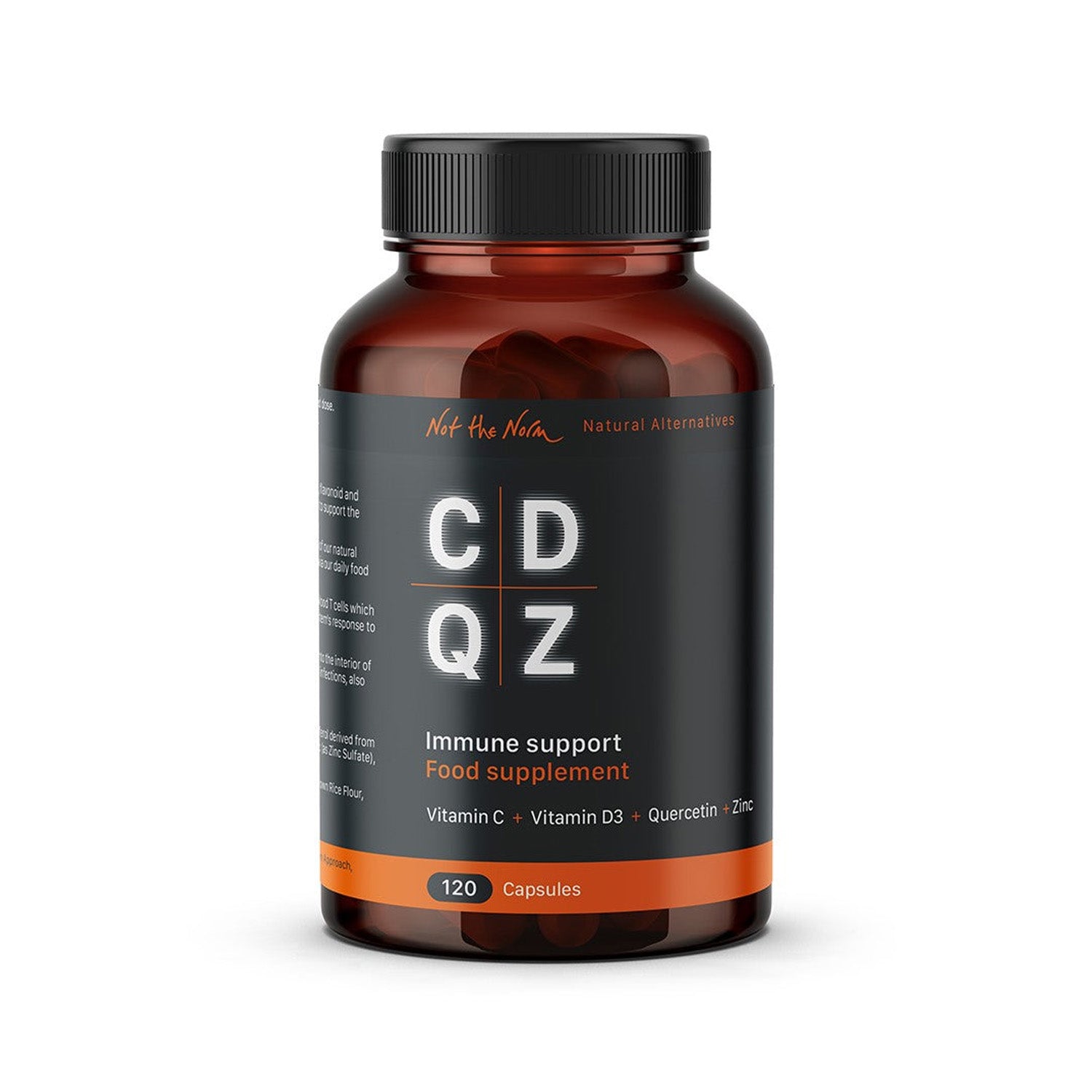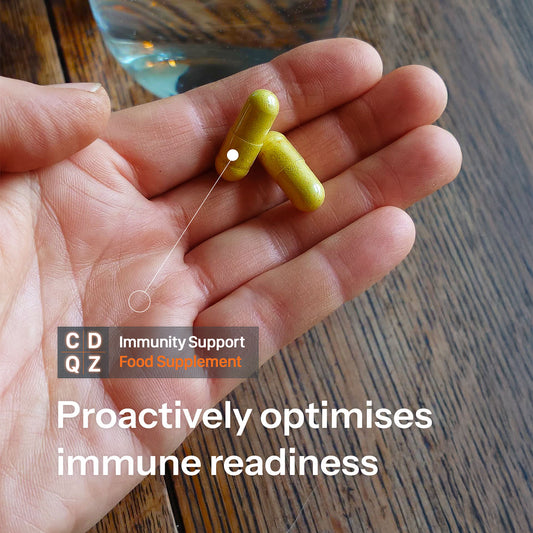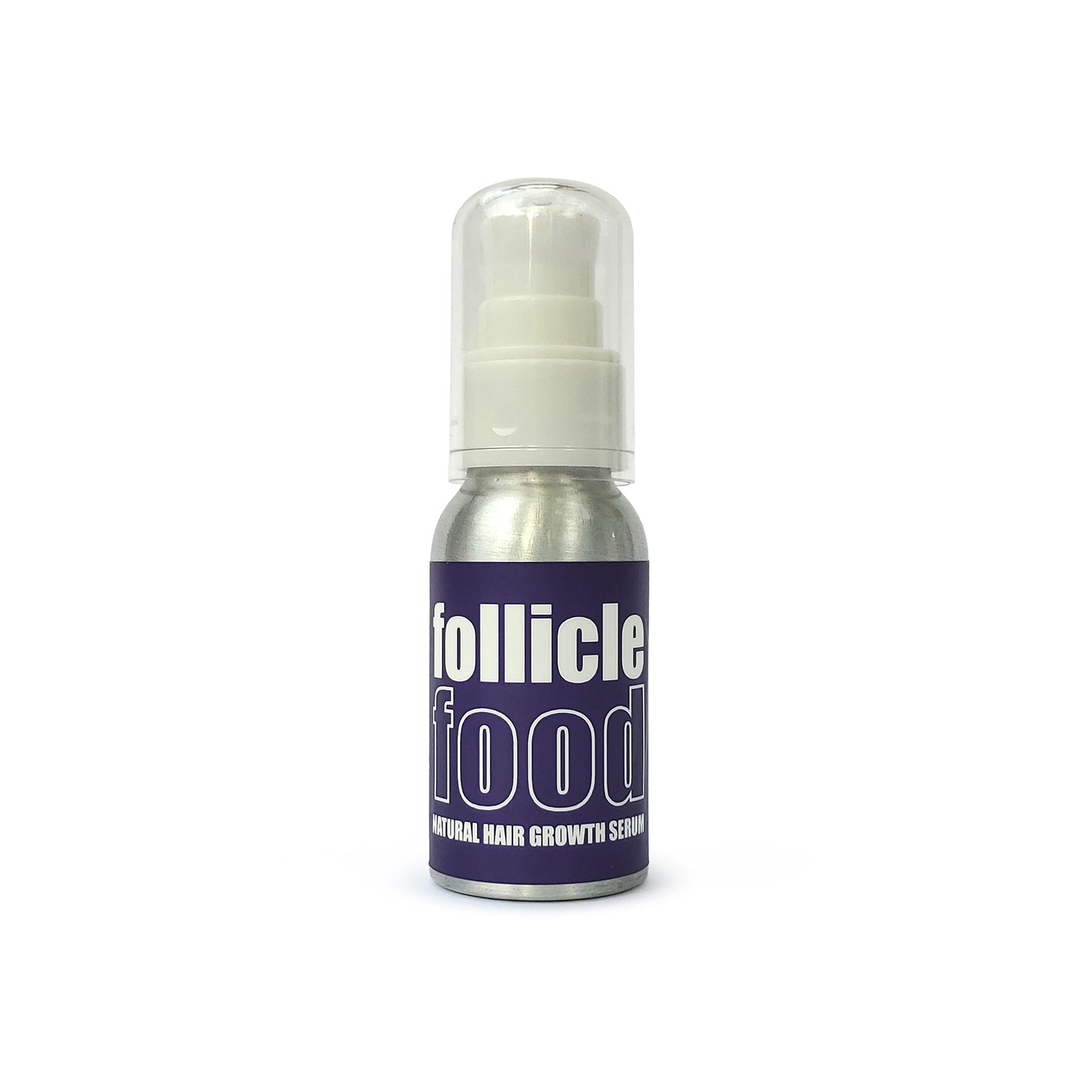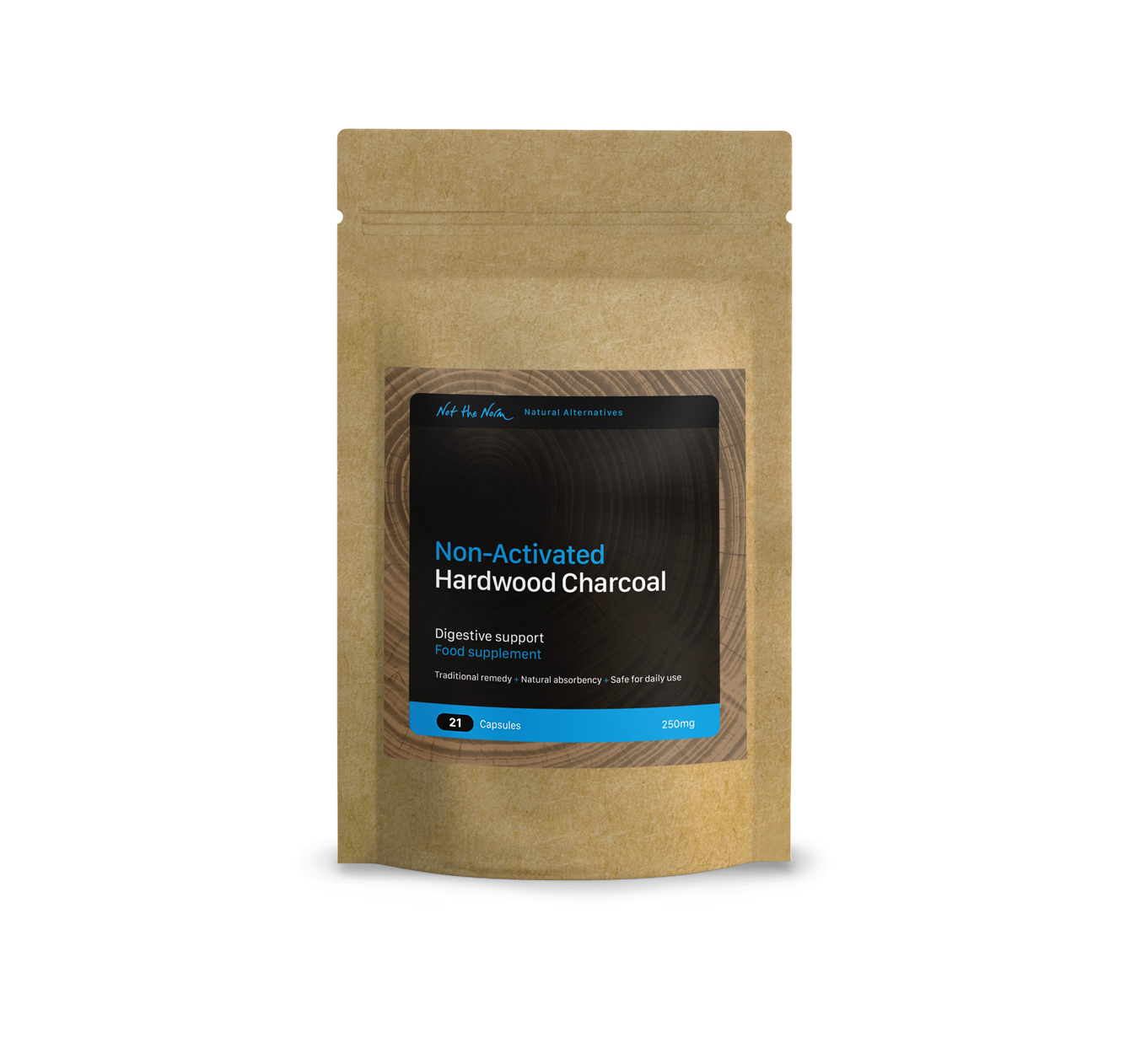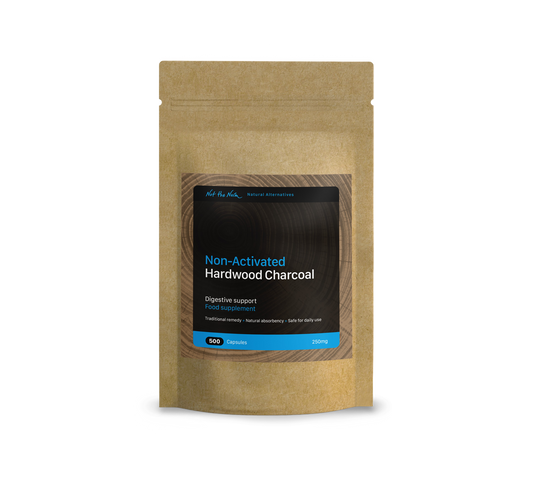Navigating the world of skincare can be a daunting task, especially for those with sensitive skin. The promise of natural ingredients often brings a sigh of relief, as the term "natural" conjures images of gentle, harmless substances. However, even the most natural products can trigger adverse reactions, making patch tests an essential step in any skincare routine. Here’s why conducting patch tests is crucial, especially if you have sensitive skin.
Understanding Sensitive Skin
Sensitive skin is not a one-size-fits-all condition. It can manifest as redness, itching, burning, blistering, dryness, or breakouts. It can cover the whole body, or appear in patches. These reactions occur because sensitive skin is more reactive to certain ingredients or environmental factors. The underlying reasons for sensitivity can vary, including genetic predisposition, skin conditions like eczema or rosacea, and even environmental factors like pollution and weather changes.
We’re All Unique
Natural skincare products often boast ingredients derived from plants, minerals, and other naturally occurring substances. While these ingredients can offer numerous benefits, they are not universally safe. Natural ingredients can still cause allergies for some people; for example, essential oils, a common component in natural skincare, can be highly allergenic, which is why we don’t fragrance Shade with them. Additionally, many natural ingredients contain potent bioactive compounds that can be too strong for sensitive skin. For instance, tea tree oil and citrus extracts, although beneficial, can be irritating. Furthermore, the combination of natural ingredients can produce unexpected reactions. What works well on its own might cause irritation when mixed with other substances, and this is crucial to understand if you are using several different products on one area of the body.
The Science of Natural Ingredients: Everything Involves Chemistry
It's essential to understand that everything around us involves chemistry, even if it isn't labelled as a "chemical." Chemistry is the study of matter and the changes it undergoes. So, while a product might be natural, it still involves a complex interplay of chemical compounds. Natural ingredients are composed of various chemical compounds. For instance, the soothing effects of aloe vera are due to the presence of compounds like aloin and emodin. When you apply a product to your skin, chemical reactions can occur. These reactions can be beneficial, like the antioxidant effect of vitamin C, or harmful, like irritation from an essential oil. The term "chemical-free" is often misleading. Water, for example, is a chemical compound (H2O). Recognising that all skincare involves chemistry helps in understanding that both natural and synthetic ingredients need careful evaluation.
People with pre-existing skin conditions, like eczema or rosacea, might react differently to certain natural compounds. What’s soothing for one person might exacerbate symptoms for another. Factors like climate, diet, and stress levels can influence how your skin reacts to a product. A product that is safe in one context might not be in another and even some medications can make your skin hypersensitive. For example, antibiotics, contraceptives and certain acne treatments can increase skin sensitivity, making it more prone to reactions. Additionally, areas where you've recently received vaccinations might be more susceptible to skin reactions, particularly when exposed to the sun.
A Case in Point: Shade All-Natural Sunscreen
Consider a skincare product like Shade, that only contains four natural ingredients: organic unrefined coconut oil, organic unrefined shea butter, beeswax, and non-nano zinc oxide. Shade is generally safe for all skin types for several reasons:
- Fewer ingredients mean fewer chances for irritation or allergic reactions.
- Each ingredient is known for its gentle properties. Coconut oil and shea butter are moisturising and soothing, beeswax is protective, and zinc oxide is anti-inflammatory.
- Using organic, unrefined versions of these ingredients reduces the risk of exposure to harmful chemicals or additives that can cause skin issues.
Despite these safety features, it’s important to understand that a personal reaction can never be ruled out without a patch test. Skin sensitivity is highly individual. What works for thousands of people might not work for you, and your skin might react to even the most benign-seeming ingredient. Allergies are unpredictable. For example, some people are allergic to coconut oil, shea butter, or beeswax. Even if these ingredients are generally safe, they can still trigger allergic reactions in some individuals.
Developing Skin Allergies in Adulthood
It's not uncommon for individuals to develop skin allergies in adulthood. This late development can occur due to various reasons. Over time, repeated exposure to certain allergens can sensitise the immune system, leading to the development of allergies. As we age, our immune system can change, making us more susceptible to new allergies. New environments, such as moving to a different climate or city, can introduce new allergens and increase the risk of developing skin allergies. Changes in diet, stress levels, and overall health can impact skin sensitivity and immune responses, potentially triggering new allergies, so even if you were able to use a particular ingredient on your skin when you were younger, you may have an unexpected reaction at any time in future.
The Role of Patch Tests
Patch tests are a simple and effective way to determine if a skincare product will cause an adverse reaction. This test involves applying a small amount of the product to a discreet area of skin, usually the inside of the wrist or behind the ear and observing the area for 24-48 hours. Patch tests help identify specific ingredients that may cause irritation or allergic reactions, knowledge that allows you to avoid products containing these ingredients in the future. Conducting a patch test can prevent a full-face or full-body reaction, which can often be painful and take time to heal. Testing a small area minimises the risk and impact of a potential reaction. Not all products labelled for sensitive skin are suitable for everyone and so patch tests provide a personalised assessment of a product’s compatibility with your skin.
How to Conduct a Patch Test
Conducting a patch test is straightforward:
- Select a small, discreet area of skin. The inner forearm or behind the ear are common choices.
- Apply a small amount of the product to the test area.
- Leave the product on for 24-48 hours.
- Avoid washing the area during this time.
- If you are patch testing a sunscreen, make sure to expose the patch to sunlight to see how the product performs under sun exposure.
- After the waiting period, check the area for signs of redness, itching, swelling, blistering or any other form of irritation.
If you experience any negative reaction, it's best to avoid using the product. If no reaction occurs, the product is likely safe for you to use.
Vigilance and Patch Testing Are Key to Safe Skincare for Sensitive Skin
For those with sensitive skin, the allure of natural skincare products is understandable. However, the term "natural" does not guarantee safety. Conducting patch tests is a critical step to ensure that the products you choose for your skin are both safe and effective for you. By taking this simple precaution, you can avoid uncomfortable reactions and maintain healthy, happy skin. Remember, your skin’s health is worth the extra time and effort of patch testing. Understanding that everything involves chemistry, even natural products, helps in making informed decisions about what you put on your skin. It's exceptionally rare, but even a product with only four natural ingredients like Shade can cause reactions in some individuals, highlighting the necessity of personalised testing.
Additionally, keep in mind that certain medications and recent vaccinations can increase skin sensitivity, making patch tests even more essential, especially if you are prone to sensitive skin anyway. If you are patch testing a sunscreen, don't forget to expose the patch to sunlight to ensure it performs well under sun exposure. Developing skin allergies in adulthood is also a possibility due to cumulative exposure, changes in the immune system, environmental factors, and lifestyle changes, emphasising the need for continual vigilance with new skincare products.


